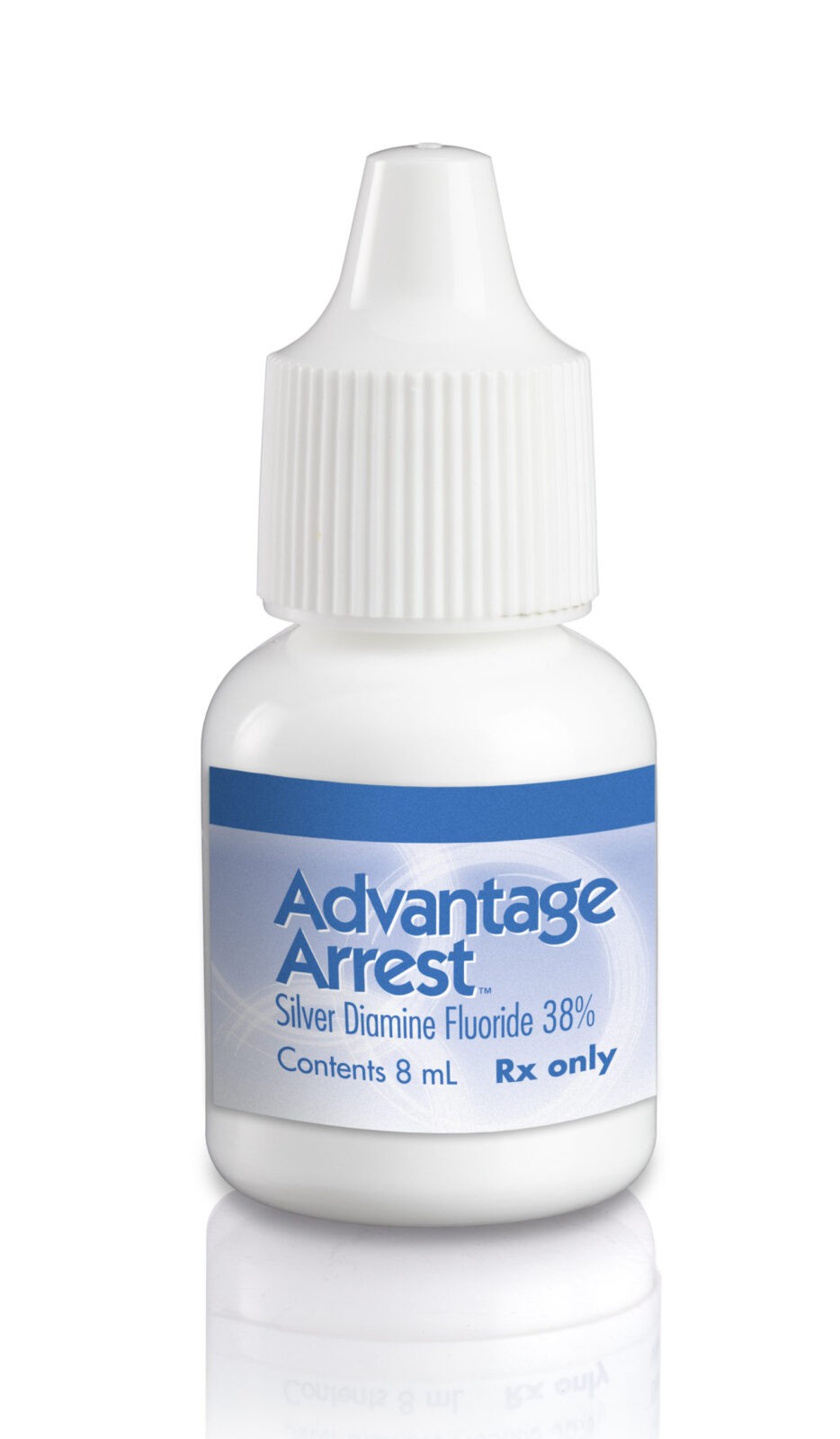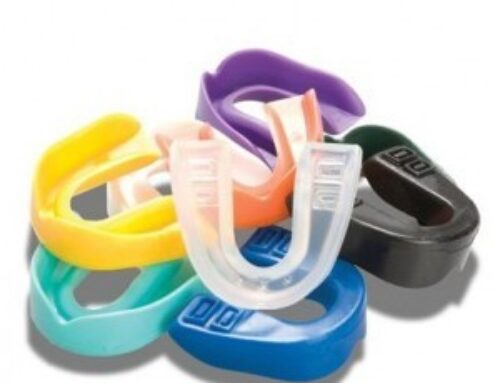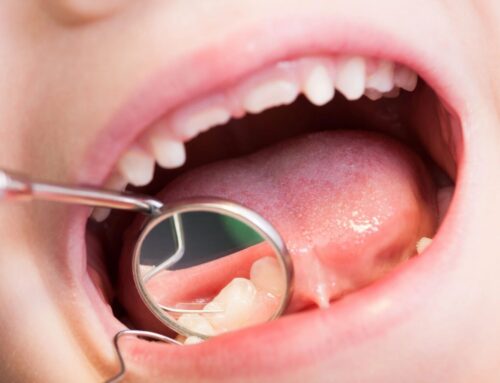This relatively new treatment consists of a simple application of a liquid called silver diamine fluoride, or SDF. You probably recognize fluoride in the title, a substance that helps to harden the enamel of our teeth, making it more difficult for bacteria to do damage. The silver component acts as an antimicrobial agent. You can think of it like Neosporin for teeth. It actually kills the bacteria that created the cavity! Altogether, SDF is a powerful liquid that stops the tooth decay happening at the site of the cavity, kills the bacteria so it can’t spread, and strengthens the enamel to prevent future damage. The best prevention is seen with multiple applications, usually once or twice a year.
The SDF treatment is very simple. The tooth with the cavity is cleaned and dried. A tiny brush or sponge is dipped in a drop of the SDF, which looks just like water. The wet brush is held on the site of the cavity for a few minutes, then wiped carefully off. The patient should not eat or drink for an hour afterward, but life goes right back to normal! Multiple visits will be necessary to check the effect of the SDF.
An important downside that you should know about is that the area of treatment will be stained. You may not notice a cavity while it’s forming. Cavities can appear as a hole in the tooth that is the same color as everything around it or it could appear a bit whitish. Unfortunately after the application of the SDF, the treated area with be a darker color: brown to black. It may be important for you to consider where the cavity is located. If it is on a molar in the back, it will be hard to see. Or if it is on a baby tooth that will fall out in the next year, your child won’t have to worry about it forever.
The SDF treatment is relatively new in the U.S., but has been used for decades in other countries, such as Japan. The FDA approved the use of SDF in 2014 to treat hypersensitivity in teeth. It has not yet been examined by the FDA as a treatment for tooth decay, so use of SDF for tooth decay is considered off-label. This situation does not mean that SDF is dangerous or ill-advised, just that the FDA hasn’t gotten to it yet. But if this concerns you, you may be interested in the following articles: Silver Diamine Treatment for Dental Caries (American Dental Association, July 2016) and UCSF Protocol for Caries Arrest Using Silver Diamine Fluoride: Rationale, Indications and Consent (California Dental Association Journal, January 2016).
The most meaningful effect of off-label use of a treatment is that your insurance provider is unlikely to cover the cost of it. Luckily, SDF is inexpensive, probably more affordable than the traditional cavity treatment even after insurance coverage.
Hopefully your child never has a cavity again. But if it does happen, it is likely worth your time to have a conversation with your dentist about using SDF to treat it.






